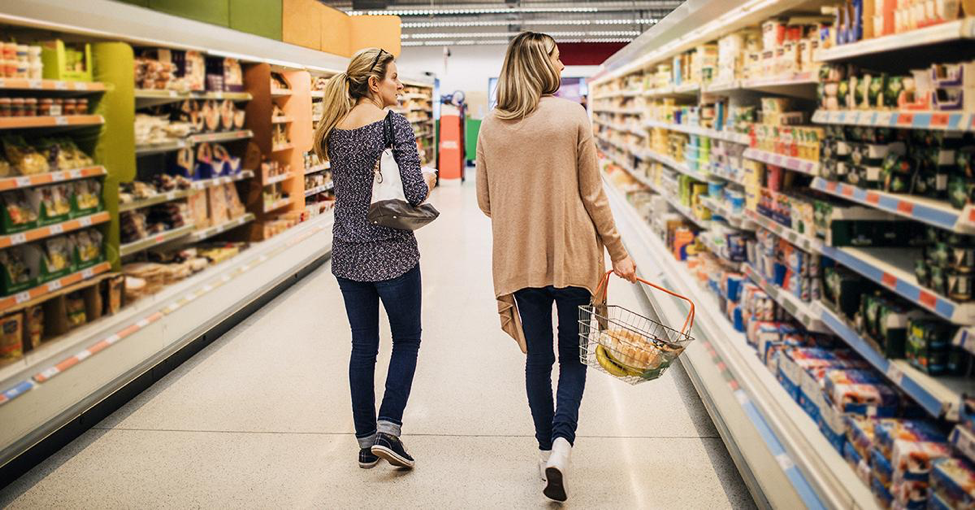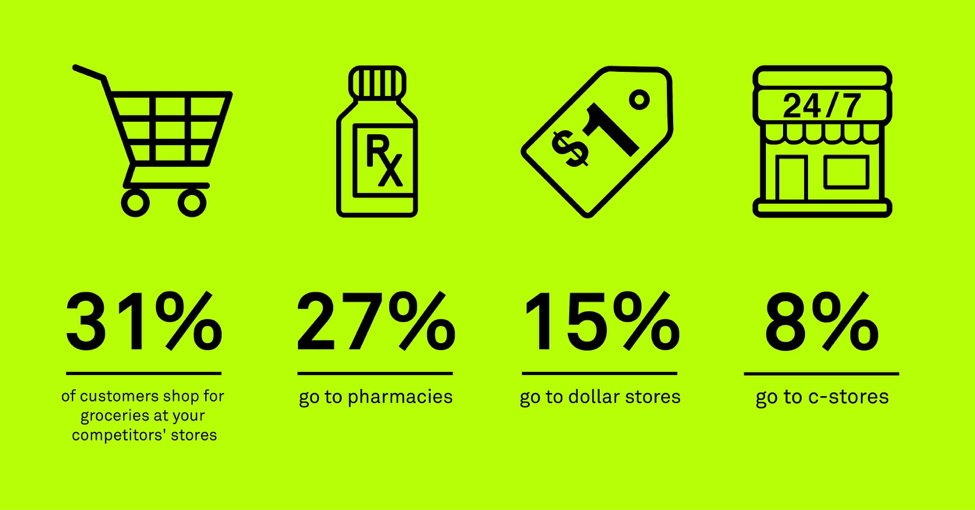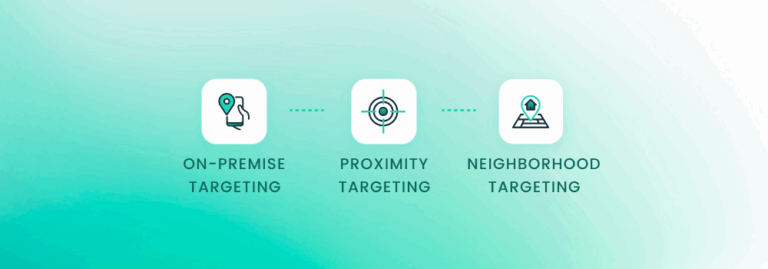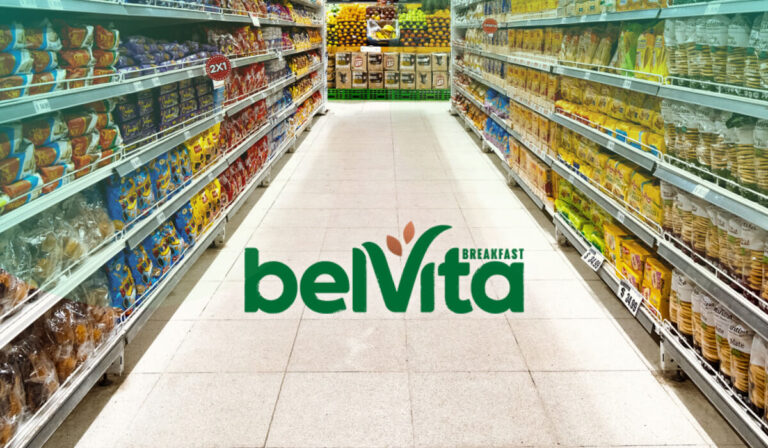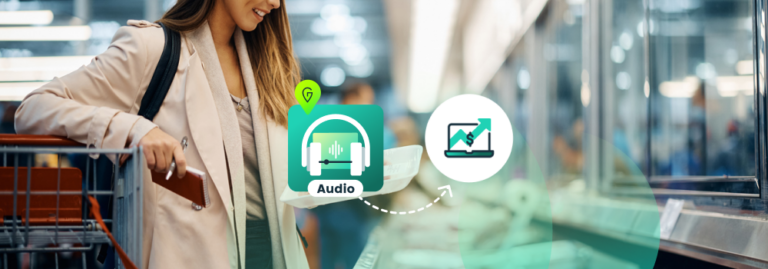Grocery trends move about as fast as burger patties and hot dogs on a holiday weekend — but if there’s one constant, it’s that consumers still prefer to visit physical stores. The recent eMarketer Ecommerce Insights Report reveals a whopping 96% of US Internet users polled still mainly shop for food and beverages in-store.
For grocery chains, this ongoing trend presents a golden opportunity: When you know your customers are shopping offline, you can use location targeting to drive them to your stores, promote store-specific offerings, locate new customers, and keep your loyal shoppers coming back.
Here’s how.
1. Steal Share for Ready-Made Food
You can find the same can of beans anywhere, but every grocery store has its share of special offerings, and increasingly that includes ready-made foods ideal for meal times like lunch and dinner. Even if some of your customers are aware of your ready-made meals, increasing the exposure of these products among consumers in the area is key.
The ready-made food phenomenon is growing exponentially. Recently, meal kit delivery companies HelloFresh and Blue Apron both began expanding to grocery stores, with HelloFresh set to sell in Giant Food and Stop & Shop stores and Blue Apron taking a similar route. But even with these appealing offerings in-store, fast food and fast casual offerings pose a threat.
The solution? Use location-based targeting to reach customers who’ve been observed visiting restaurants and QSRs (Quick Service Restaurants) to raise awareness of your ready-made meals. Using our Location Audiences will allow you to reach these consumers with conquesting messaging and redirect them from restaurants to your store. Couple this tactic with our Neighborhoods product, which merges geographical boundaries with consumers’ visitation patterns, and you’ll be able to target people who already show a high visitation affinity to your store, thus creating a location targeting strategy that packs a one-two punch.
2. Find New Customers and Re-engage Lapsed Customers
When it comes to your customers, you have a great understanding of what they want. But do you know when they shop, and where to find them when they do? Data from GroundTruth’s platform shows foot traffic to grocery stores peaks at 4 pm and is highest on Mondays and Thursdays.
With insights like this and the help of location targeting, you can gain access to a whole new audience of customers and solidify your relationship with recent visitors. To attract new shoppers, target mobile devices that haven’t yet visited your store, but live nearby or share similar visitation behaviors to your target audience. Our Cost Per Visit (CPV) model lets you pay only when your message generates a store visit.
Retargeting lapsed customers and those who have visited recently, meanwhile, will remind them to make another trip. When you use these strategies in key shopping seasons and sales periods, or at times when you need a revenue boost, you’ll find location data plus our CPV model can have a major impact on foot traffic flow.
3. Gain an Increased Share of Your Customer’s Grocery Wallet
All grocers strive to capture a bigger share of their shoppers’ grocery dollars. That’s because with so many options at their disposal, consumers tend to spread their grocery shopping across multiple businesses. GroundTruth Insights show that 31% of your customers shop for groceries at your competitors’ stores, but 27% go to pharmacies, 15% to dollar stores, and 8% to convenience stores. Recent research also indicates 37% of shoppers make multiple trips to the store per week to ensure their food is fresh.
Knowing about these shopping behaviors gives you a chance to strengthen your relationship with your customers through real-time targeting. This tactic lets you deliver messages based on the frequency of your customers’ previous visits to your store, reach them while they’re actively shopping in order to boost basket size, and drive both loyal and non-loyalist customers through your doors. Be sure to offer an incentive in your ads to sway them when they’re tempted to shop someplace else, along with relevant messages that motivate a visit when they’re physically nearby.
The best way to navigate grocery trends is by managing them with a combination of customer insights, a performance-based ad model, and a strategy for facing the competition head-on. Get in touch to get started.

